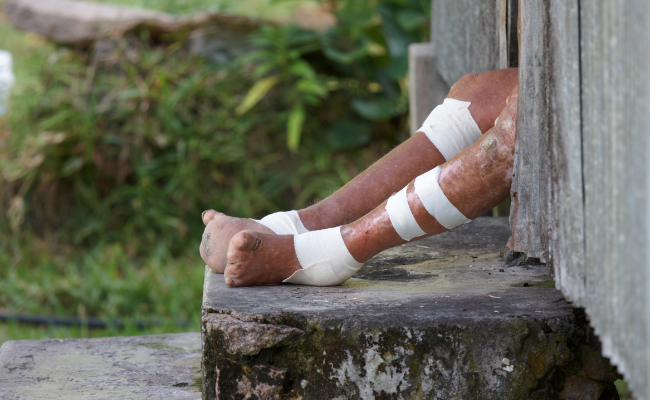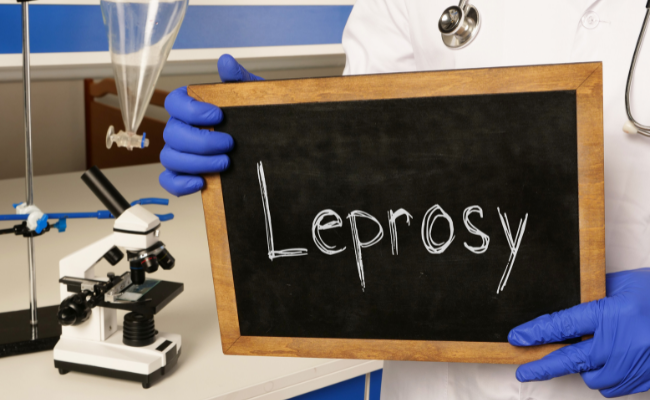Here’s what you should know about the leprosy surge in Florida

Health alert: Leprosy cases spike in Florida—here’s what you must know
A disease in the biblical stories depicted as God’s curse is back in sunny Florida.
Leprosy, also known as Hansen’s disease, has rattled Florida health experts due to the alarming rise of cases. In a published report by a journal of the Centers for Disease Control and Prevention (CDC), Central Florida is considered the hotspot where 81 percent of cases are found; this makes up almost 1/5 of the overall US cases.
Over the past decade, leprosy has silently sustained its presence in the US with cases hovering between 159 (reported in 2020) and 216 in 2019.
This isn’t the first time that Florida leprosy cases have made headlines. In 2015, armadillos, which are common in the state, were blamed by experts for spreading the infection.
Leprosy could become endemic in Florida as cases rise, CDC says https://t.co/jDhWdrDQ6v pic.twitter.com/0hWP5ePTz3
— WFLA NEWS (@WFLA) July 31, 2023
Historically, the disease was unusual in the US, and cases were mostly traced to individuals who immigrated from countries where it is endemic. But in the same report, “34 percent of new case-patients during 2015–2020 appeared to have locally acquired the disease.”
You may also like: Asian Americans face lower cardiac arrest survival despite equal CPR efforts
The organization believes that the leprosy-causing bacteria spreads through close contact via airborne droplets when someone sneezes or coughs.
Suspected leprosy case? What to watch out for

Central Florida accounts for 81 percent of leprosy cases
Mycobacterium leprae, the sneaky bacteria that causes leprosy, are slow growers, so it may take time before symptoms occur. According to CBS News, here are some signs to watch out for:
- Discolored skin patches
- Muscle weakness
- Tingling or numbness in the hands, feet, arms, and legs
- Painless wounds
Keep in mind though, that early detection is crucial. If any of these symptoms manifest, seek medical help immediately.
If left untreated, leprosy can lead to vision loss, paralysis, permanent hand and feet damage, shortening of fingers and toes, and even a disfigured nose.
On a positive note, the disease is treatable with a combination of antibiotics that can take up to a year or two..
Amid the leprosy cases in the Sunshine State, the CDC is advising doctors to monitor patients with symptoms who recently traveled from Florida or elsewhere in the southeastern US.

